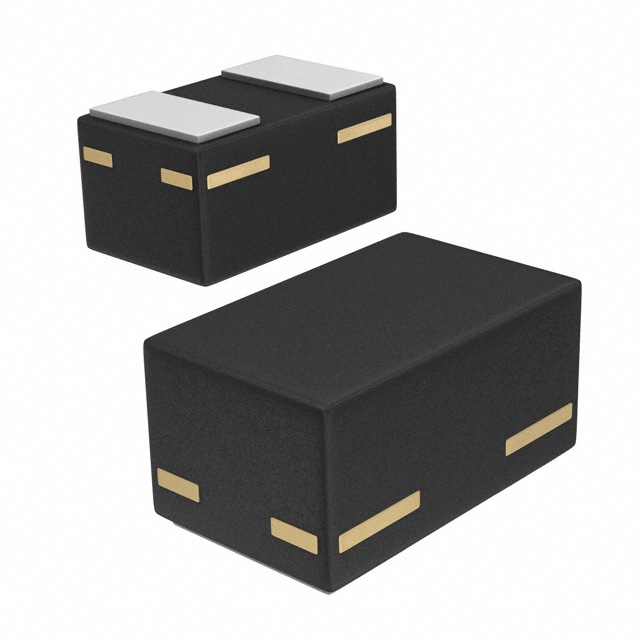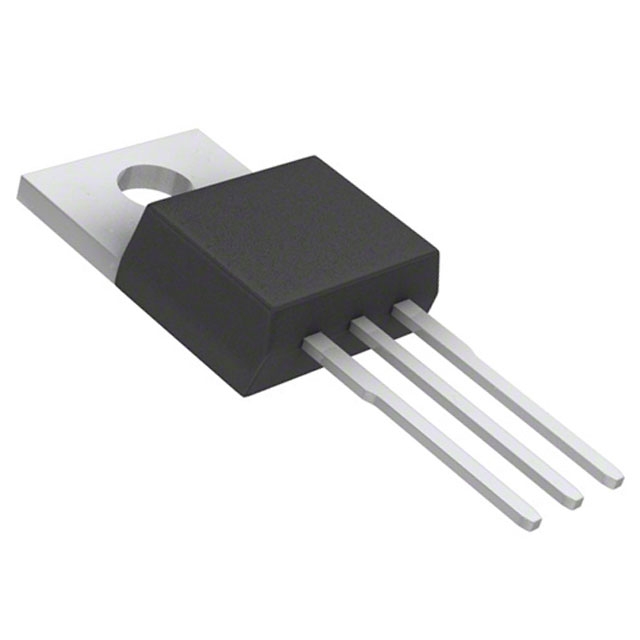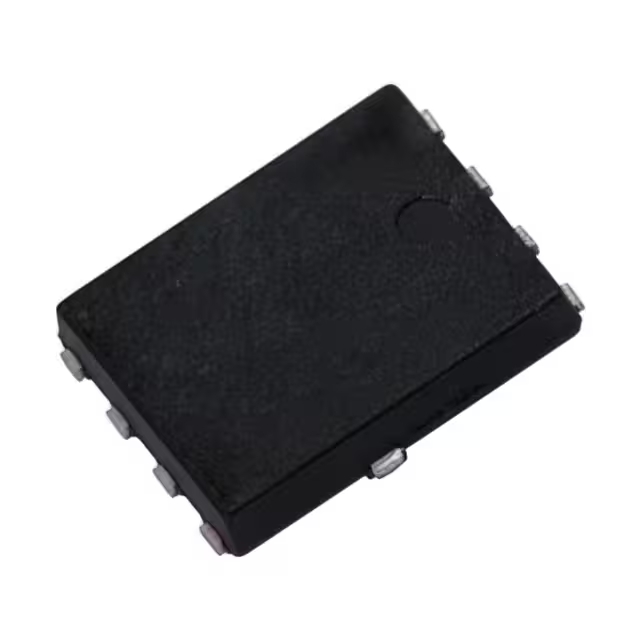2SA1943 & 2SC5200 datasheet | pinout | pdf
- 電晶體類型: 即插即用
- 電流 - 集電極 (Ic) (最大值): 17 A
- 電壓 - 集極射極擊穿電壓(最大值): 230 V
- 包裹: TO-3P-3, SC-65-3

訂單滿 HK$250.00 即可享有免運

快速回應,快速報價

閃電出貨,售後無憂

原廠通路,正品保證
Make simple Amplifier circuit using 2SC5200 2SA1943 Transistor
2SA1943
The 2SA1943 is a well-known PNP transistor you’ll often see in high-power audio amplifiers. It can handle up to 230V (Vce) and 15A (Ic), perfect for driving heavy-duty audio circuits or motors. With a power dissipation rating of 150W, just pair it with a suitable heatsink and it’ll run smoothly under load. It has a stable frequency response around 30MHz, ideal for audio and mid-frequency tasks. Usually, you’ll find it paired with the complementary NPN transistor 2SC5200 in push-pull configurations—common in many hi-fi amplifier setups.
2SA1943 Pinout

| 密碼 | 姓名 | 描述 |
|---|---|---|
| 1 | 基座(B) | Control terminal, signal input |
| 2 | 收集器(C) | Main current input, connect to load |
| 3 | 發射器(E) | Current output terminal, connect to ground or output |
If you’re using the 2SA1943 transistor, remember it’s a high-power PNP type. Facing the front side (printed side), the pins go B-C-E from left to right—connecting them incorrectly can cause damage. It runs hot, so you’ll definitely need a decent-sized heatsink. Also, keep in mind the metal tab at the back is connected directly to the collector pin, so insulation during mounting is important to avoid shorts. For audio amplifiers, you’ll typically pair it with a 2SC5200 transistor in push-pull setups, ensuring balanced drive and better heat distribution.
2SA1943 Equivalent Power Transistor

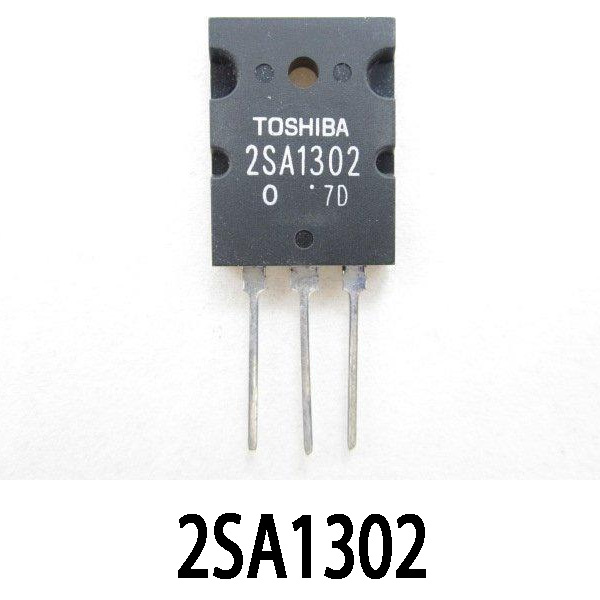


| 範圍 | 2SA1943 | 2SA1302 | MJL21193 | TIP36C |
|---|---|---|---|---|
| Polarity | 即插即用 | 即插即用 | 即插即用 | 即插即用 |
| Max VCE | -230V | -200V | -250V | -100V |
| Max I碳 | -15A | -15A | -16A | -25A |
| Max Power P碳 | 150瓦 | 150瓦 | 200瓦 | 125W |
| High Frequency fT | 30 MHz | 30 MHz | 4 MHz | 3兆赫 |
| 封裝類型 | TO-3P | TO-3P | TO-3P | TO-247 |
If you’re looking to replace a 2SA1943, your easiest bet is the 2SA1302 or MJL21193. Both have identical pinouts and packaging, so you can swap them without redesigning your PCB. The MJL21193 even offers higher power and voltage ratings—good for demanding amplifier setups.
However, avoid using TIP36C for audio amps. Although it handles high current, its lower voltage and frequency response could degrade sound quality, making it more suited to motor control or power switching circuits. For audio and Hi-Fi projects, stick with the MJL21193 or 2SA1302.
2SA1943 Amplifier Circuit Example
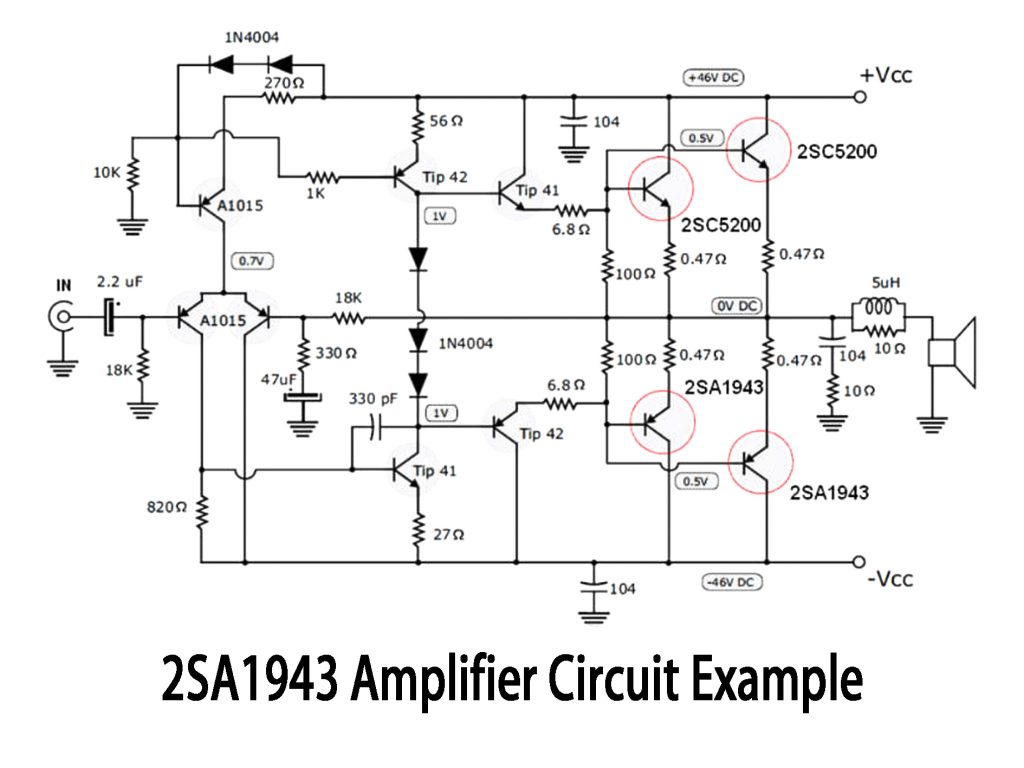
In this circuit, two pairs of transistors (2SA1943 and 2SC5200) form a push-pull output stage, delivering high current while preventing overheating. Each transistor has a 0.47Ω resistor for current sensing and thermal balance. TIP41 and TIP42 drive these output transistors directly, ensuring powerful and dynamic audio performance. At the input, a pair of A1015 transistors amplify the signal, with bias voltage set by 1N4004 diodes to minimize distortion. Finally, an output filter made of inductors and resistors keeps high-frequency noise out, delivering clean, stable sound.
2SA1943 Transistor Biasing Circuit
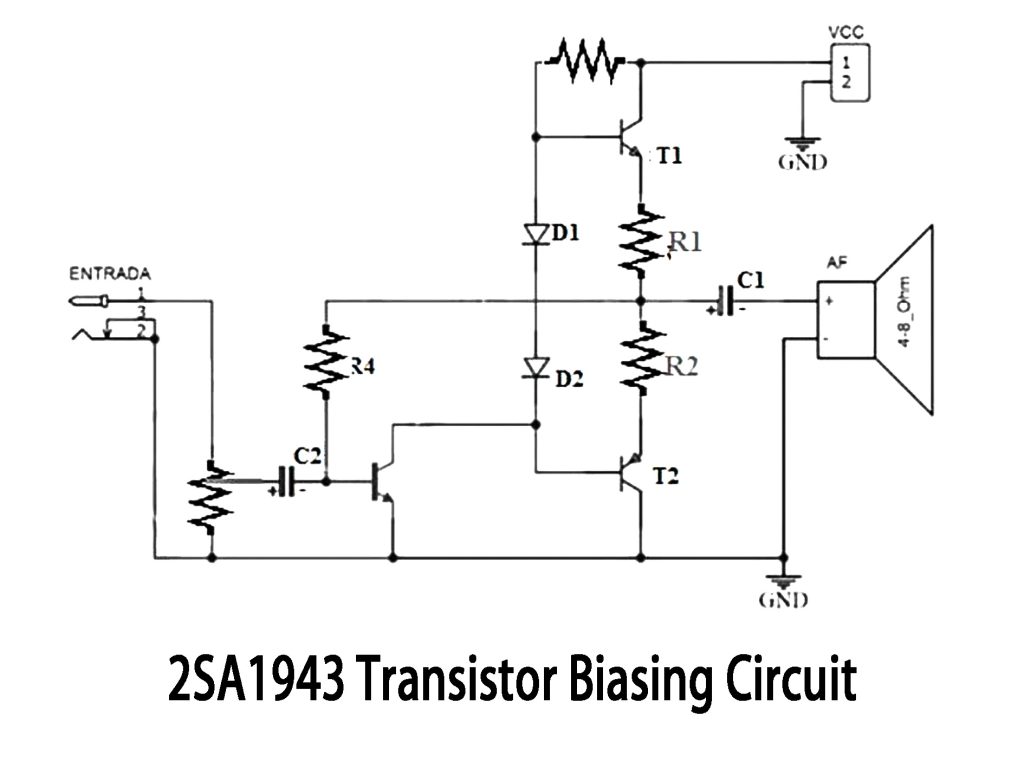
In this circuit, the output uses a 2SA1943 transistor paired with an NPN transistor (likely a 2SC5200) to form a push-pull amplifier stage. The speaker connects to the midpoint output, isolated by capacitor C1 to block DC voltage. These two transistors handle positive and negative audio cycles, delivering stronger currents and better sound quality. The diodes (D1, D2) and resistors (R1, R2) set a stable bias voltage, reducing distortion. They also adjust voltage automatically as temperature changes if mounted on the heatsink, enhancing stability. The input transistor amplifies the incoming signal first, effectively driving the output stage for clear, powerful sound.
2SA1943 Audio Amplifier Project
If you’re building a hi-fi audio amplifier, try pairing 2SA1943 with 2SC5200 transistors—they’re perfect for push-pull setups. Start by amplifying your input signal with transistors like A1015/C945 or even simpler with a TL072 op-amp, then drive your output stage using mid-power transistors like TIP41C/TIP42C. A couple of diodes and resistors set your bias current, reducing distortion. With a ±35V power supply, you’ll easily get around 70-100W per channel, low distortion, and superb sound quality—ideal for home or small professional setups.
2SA1943 High Power Output Stage
If you’re building a powerful audio amplifier, pairing the 2SA1943 with the complementary 2SC5200 works great. Typically, the 2SC5200 transistor handles the positive audio signals, while the 2SA1943 deals with the negative signals, creating a push-pull output stage. Your speaker connects at their common emitter node, with a capacitor blocking DC voltage to protect it. Bias circuits using diodes or transistors reduce distortion. For even higher power, you can parallel several transistors on each side, easily pushing output beyond 200W—perfect for high-quality audio amps or DIY audio setups.






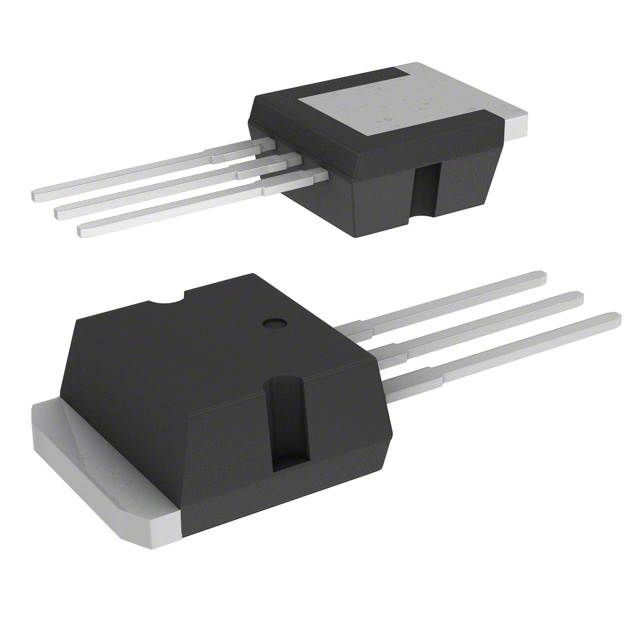

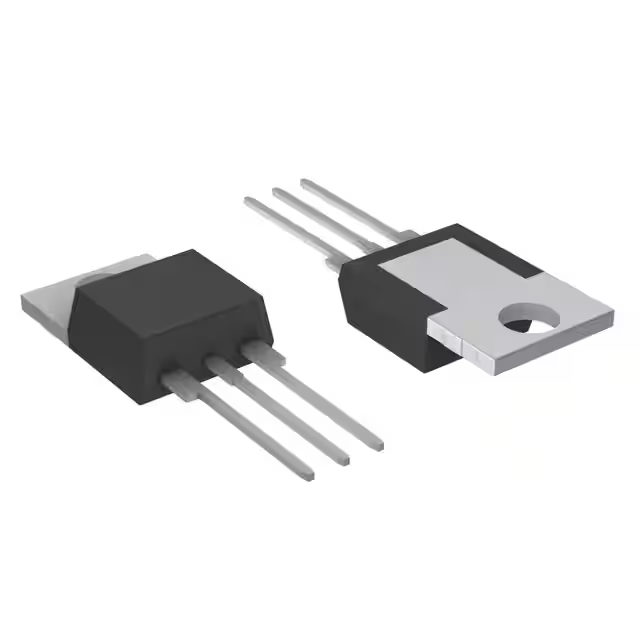



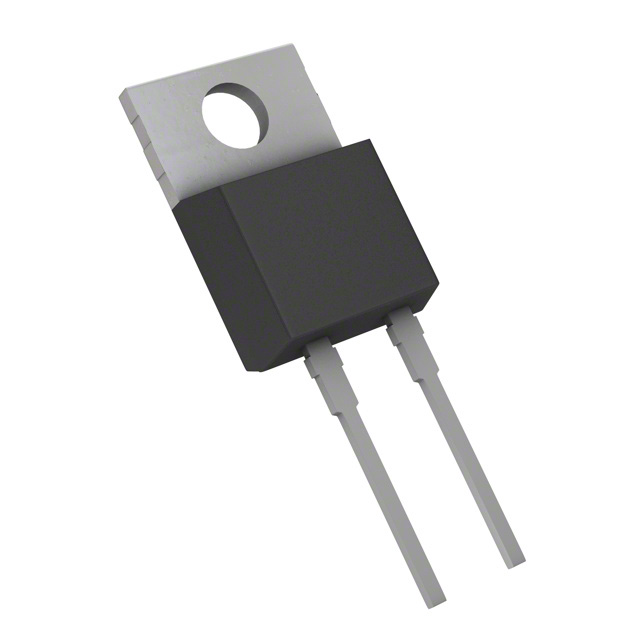
;;2.jpg)
